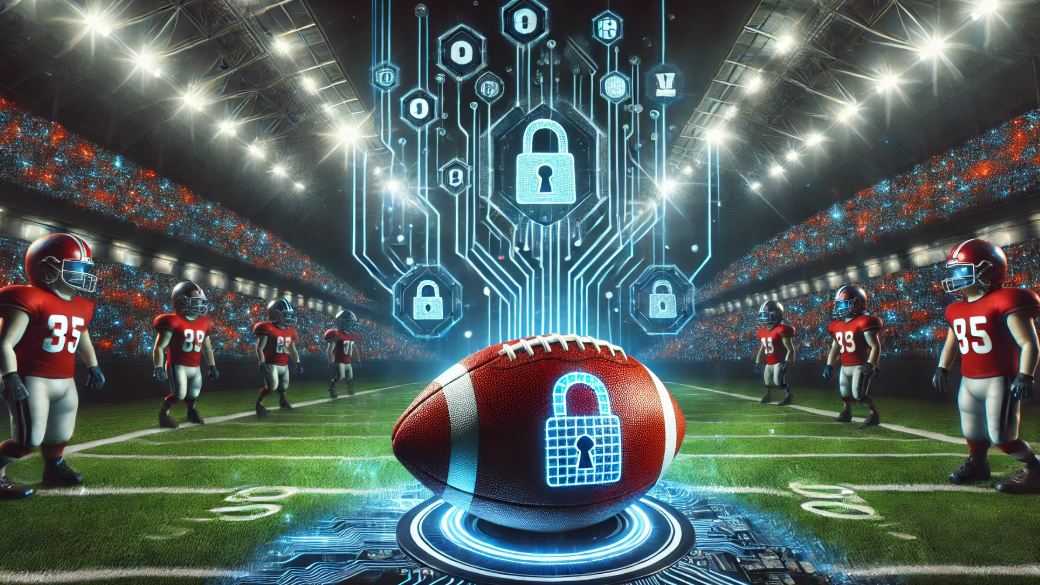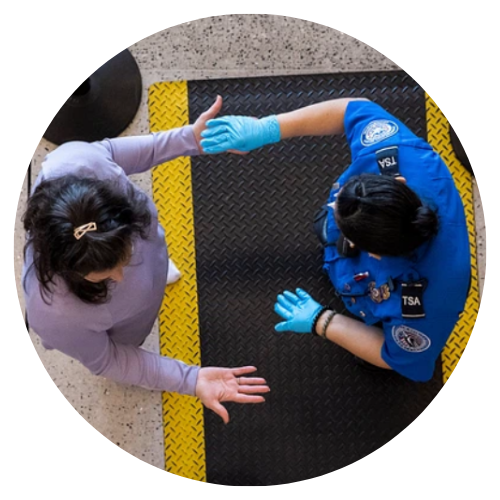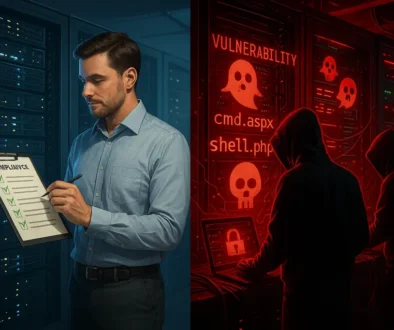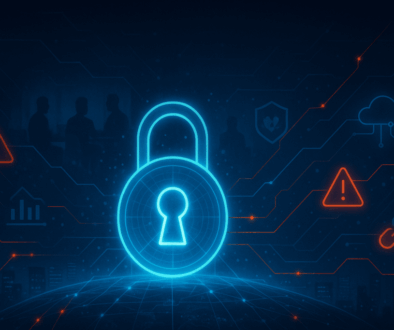Super Bowl Security: Lessons in Risk Management

Author: Marie Strawser, Managing Director, UMSA
February 4, 2025
 The Super Bowl is more than just a football game—it’s one of the most high-profile events in the world, attracting tens of thousands of fans and millions of viewers. With such a massive gathering comes an equally massive security challenge. Risk management is at the core of ensuring a safe and successful event, from cybersecurity threats to crowd control. Here are key lessons in risk management from Super Bowl security operations.
The Super Bowl is more than just a football game—it’s one of the most high-profile events in the world, attracting tens of thousands of fans and millions of viewers. With such a massive gathering comes an equally massive security challenge. Risk management is at the core of ensuring a safe and successful event, from cybersecurity threats to crowd control. Here are key lessons in risk management from Super Bowl security operations.
Comprehensive Threat Assessment
Security planning for the Super Bowl begins years in advance. Authorities conduct extensive risk assessments to identify potential threats, including terrorism, cyberattacks, and logistical failures. The lesson here? Proactive risk identification is essential for any organization facing large-scale operations.
Multi-Agency Coordination
Super Bowl security is a joint effort involving federal, state, and local agencies, including the FBI, Department of Homeland Security, and local law enforcement. Businesses can apply this lesson by fostering cross-departmental and inter-organizational cooperation to mitigate risks effectively.
Cybersecurity Measures
With a high volume of digital transactions and media coverage, the Super Bowl is a prime target for cybercriminals. Organizers implement advanced cybersecurity protocols, including encryption, real-time monitoring, and phishing prevention. Companies should prioritize cybersecurity measures to protect sensitive data and digital infrastructure.
Emergency Preparedness and Contingency Planning
 From medical emergencies to natural disasters, event organizers prepare for a wide range of scenarios. They conduct simulation drills, establish emergency exits, and train staff to respond effectively. Organizations should adopt similar contingency planning to enhance crisis response capabilities.
From medical emergencies to natural disasters, event organizers prepare for a wide range of scenarios. They conduct simulation drills, establish emergency exits, and train staff to respond effectively. Organizations should adopt similar contingency planning to enhance crisis response capabilities.
Crowd Management and Physical Security
Large crowds pose a unique challenge in security management. Super Bowl organizers use controlled entry points, surveillance technology, and trained personnel to monitor and direct crowds safely. Businesses hosting events or managing large facilities can benefit from implementing strict access control and crowd management strategies.
Communication and Public Awareness
Clear and effective communication is critical in risk management. Super Bowl officials use social media, PA systems, and digital alerts to inform attendees of security protocols. Organizations should establish reliable communication channels to keep stakeholders informed during potential crises.
Post-Event Analysis and Continuous Improvement
After every Super Bowl, security teams conduct post-event evaluations to identify what worked and what didn’t. Continuous improvement is key in risk management. Businesses should adopt a similar approach by reviewing security incidents and updating policies based on lessons learned.
Final Thoughts
The Super Bowl serves as a masterclass in risk management, demonstrating the importance of preparation, collaboration, and adaptability. Whether managing an event, business, or digital system, these security lessons can help organizations minimize risks and enhance safety.
By implementing these best practices, businesses can tackle risks with the same level of strategic foresight that keeps one of the world’s biggest events secure year after year.



